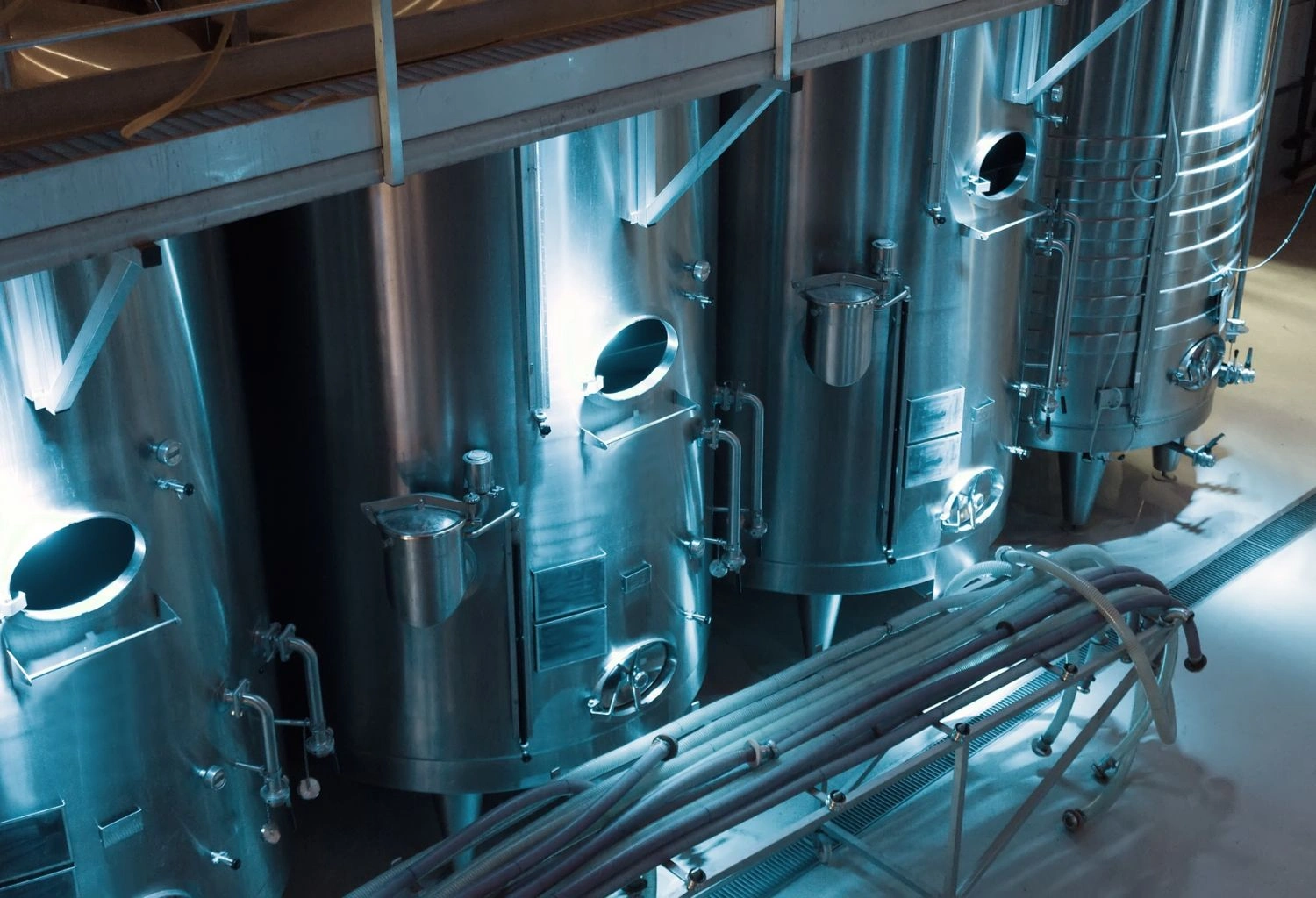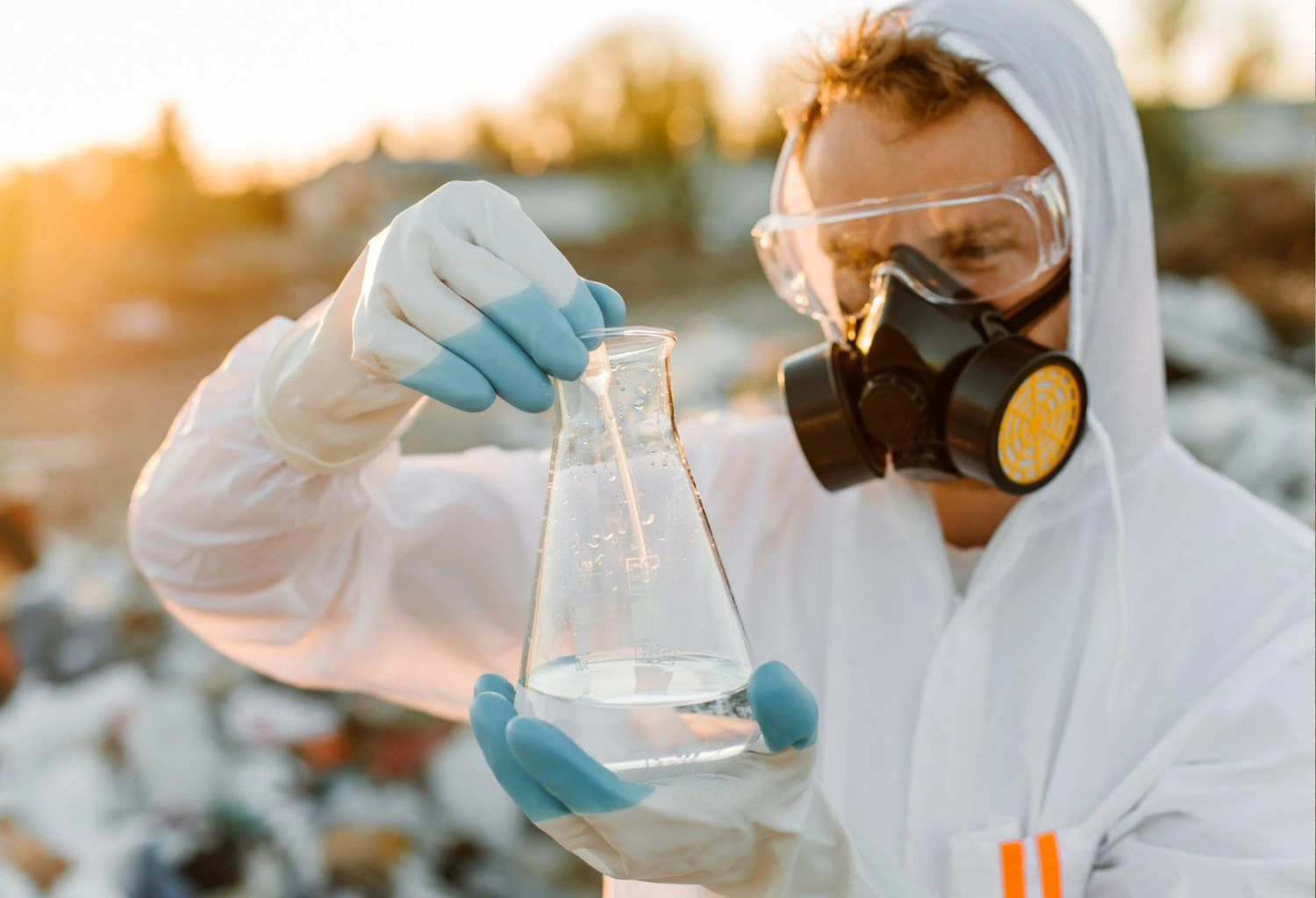In this article, we explored the top 10 chemicals used in water treatment to ensure clean, safe, and purified water. From disinfectants like chlorine to coagulants like aluminum sulfate, these chemicals play a crucial role in improving water quality for consumption and industrial use. Understanding their functions and applications helps ensure the long-term sustainability of water resources.
Chlorination System
What are the top 10 chemicals in water treatment?
Water is one of the most important resources on earth, and treating it is essential to make it safe for drinking and use. The chemicals applied in water treatment are significant in removing impurities and disinfecting water. Improvements in chemical treatments over the years have enhanced the efficiency and efficacy of water purification processes, enabling it to be regulated worldwide. Here, we will discuss the top 10 water treatment chemicals and their particular roles in the cleansing process.
1. Chlorine (Cl2)
The most common chemical used in water treatment for disinfecting purposes is chlorine. It is put into water supplies to destroy dangerous bacteria, viruses, and other disease-causing agents. Chlorine is very efficient in making water safe and is usually utilized in municipal water systems globally.
Use Case: It is applied in municipal water plants to disinfect water and discourage the transmission of waterborne diseases.
Advantages: Efficient and cost-effective disinfectant.
Disadvantages: It can interact with organic matter in water to produce potentially unsafe byproducts like trihalomethanes (THMs).
2. Aluminum Sulfate (Alum)
Aluminum sulfate is a very prevalent coagulant applied to water treatment. Coagulation is when suspended particles in water aggregate and are eliminated. Aluminum sulfate aids in water clarification by eliminating suspended solids, organic matter, and other impurities.
Application: Generally applied in municipal and industrial water treatment facilities for coagulation.
Benefits: Effective in the removal of particles and enhancing water clarity.
Disadvantages: Excessive use can lead to higher aluminum content in water, which might have long-term health effects.
3. Lime (CaO)
Lime is a versatile chemical used for a variety of purposes in water treatment, including pH adjustment and water softening. It is particularly useful in treating hard water by removing calcium and magnesium ions, which cause water hardness.
Use Case: Lime is added to treat hard water in municipal systems and industries.
Advantages: Softens water, minimizing pipe and boiler scale formation.
Disadvantages: The treatment process can create lots of sludge, which must be disposed of.
4. Sodium Hypochlorite (NaOCl)
Sodium hypochlorite is also a very common disinfection chemical. It’s sometimes substituted for chlorine when a liquid disinfectant is needed. It’s used throughout many swimming pools, wastewater treatment facilities, and occasionally in municipal water systems.
Use: Applied for secondary disinfection following water treatment or in pool applications.
Benefits: Bactericidal and virucidal.
Shortcomings: It degrades with time and becomes less effective.
5. Ozone (O3)
Ozone is the strongest oxidizing agent applied in high-level water treatment. It is a highly efficient breaker of contaminants like organic pollutants, bacteria, and viruses without leaving deleterious chemical byproducts.
Use Case: Ozone is applied in sophisticated treatment processes, especially in bottled water, pharmaceuticals, and food processing industries.
Advantages: Does not impart hazardous residues, thus being an environmentally friendly alternative.
Disadvantages: Needs specialized machinery and can be costlier than conventional chemicals like chlorine.
6. Phosphates (Polyphosphates)
Polyphosphates are frequently applied as inhibitors in water treatment, mainly to avoid scaling and corrosion on equipment and pipes. Polyphosphates are most valued in industrial processes where water is utilized in boilers and cooling towers.
Use Case: Frequent application in industrial systems for the avoidance of scale deposits in machinery and pipes.
Advantages: Efficient at keeping equipment longevity by avoiding scaling.
Disadvantages: If dumped into natural bodies of water, polyphosphates may cause nutrient pollution, which in turn causes eutrophication.
7. Potassium Permanganate (KMnO4)
Potassium permanganate is a potent oxidizing agent that can be utilized to take away iron, manganese, and hydrogen sulfide from water. It’s especially effective in treating groundwater and removing unwanted taste and odor.
Use Case: Utilized in the treatment of groundwater as well as to get rid of manganese and iron from water sources.
Advantages: Extremely effective in cleaning water.
Disadvantages: High cost and delicate in handling because it is a strong oxidizing agent.
8. Activated Carbon
Activated carbon is an adsorbent that removes organic compounds, chlorine, and other contaminants from water. It is specifically effective in enhancing the odor and taste of water, hence widely used by household water filtration systems.
Use Case: Activated carbon is employed in domestic water purifiers, industrial water treatment plants, and for the dechlorination of water and organic contaminants.
Advantages: Efficient for the removal of a broad spectrum of contaminants and enhancing the taste and smell of water.
Disadvantages: Must be replaced or regenerated at regular intervals to ensure effectiveness.
9. Ferric Chloride (FeCl3)
Ferric chloride is a coagulant that is applied in water treatment to precipitate suspended solids, organic matter, and phosphorus. It finds application particularly in wastewater treatment where phosphorus needs to be eliminated to avoid nutrient pollution of aquatic systems.
Use Case: Ferric chloride is applied in wastewater treatment facilities to precipitate suspended solids and phosphorus.
Advantages: Extremely effective in eliminating phosphorus.
Disadvantages: Creates excess sludge that needs to be properly disposed of.
10. Sodium Bisulfite (NaHSO3)
Sodium bisulfite finds application mainly as a dechlorinating agent. Sodium bisulfite is added once chlorine has been applied to disinfect water in order to neutralize any remaining chlorine and make the water safe for drinking or discharge into the environment.
Use Case: Widely applied in wastewater treatment plants to neutralize chlorine prior to discharge.
Advantages: Effective in neutralizing chlorine.
Disadvantages: Excess usage results in too much sulfur in water.
Chemical Free Water Treatment
Conclusion
Water treatment chemicals play a critical role in providing water safety and quality. Ranging from disinfectants such as chlorine to state-of-the-art technologies such as ozone for oxidation, there is a different chemical that plays its specific role in cleaning water for different uses. With proper use of these chemicals, water treatment plants can guarantee that the water supply is clean, safe, and free of hazardous contaminants. These chemicals not only improve water quality but also contribute to more sustainable and efficient water management.
Frequently Asked Questions (FAQs)
1. What is the role of chlorine in water treatment?
Chlorine is used primarily as a disinfectant to kill harmful bacteria, viruses, and pathogens, ensuring water safety. It is the most common disinfecting agent in municipal water systems worldwide.
2. How does aluminum sulfate help in water treatment?
Aluminum sulfate acts as a coagulant, causing suspended particles in water to clump together. This makes it easier to remove impurities, improving water clarity and overall quality.
3. Why is lime used in water treatment?
Lime is used to adjust water’s pH and soften hard water by removing calcium and magnesium ions. It also helps in precipitating contaminants, though it can create sludge during treatment.
4. What are the advantages of using sodium hypochlorite for disinfection?
Sodium hypochlorite, a liquid form of chlorine, is highly effective in killing bacteria and viruses. It’s often used in swimming pools and wastewater treatment for secondary disinfection.
5. Why is ozone used in water treatment?
Ozone is an extremely strong oxidizer that breaks down contaminants like bacteria and viruses, without leaving harmful residues. It’s commonly used in advanced water treatment processes, particularly in bottled water production.
6. What role do polyphosphates play in water treatment?
Polyphosphates are used as scale inhibitors in industrial systems, preventing corrosion and scale buildup in pipes and boilers. They help maintain equipment longevity and improve water quality in industrial applications.
7. How does potassium permanganate purify water?
Potassium permanganate is a strong oxidizer, used to remove iron, manganese, and hydrogen sulfide from water. It also helps improve water taste and odor, especially in groundwater treatment.
8. What is activated carbon’s function in water treatment?
Activated carbon removes organic compounds, chlorine, and other contaminants through adsorption. It is especially effective in improving the taste, odor, and clarity of water, commonly used in household filtration systems.
9. What is ferric chloride used for in wastewater treatment?
Ferric chloride is a coagulant that helps precipitate suspended solids and phosphorus in wastewater treatment. It is effective in reducing nutrient pollution, particularly phosphorus, preventing eutrophication in aquatic environments.
10. How does sodium bisulfite neutralize chlorine in water treatment?
Sodium bisulfite is added after chlorine disinfection to neutralize any remaining chlorine. It ensures the water is safe for consumption or discharge, preventing harmful chlorine residues from affecting the environment.



